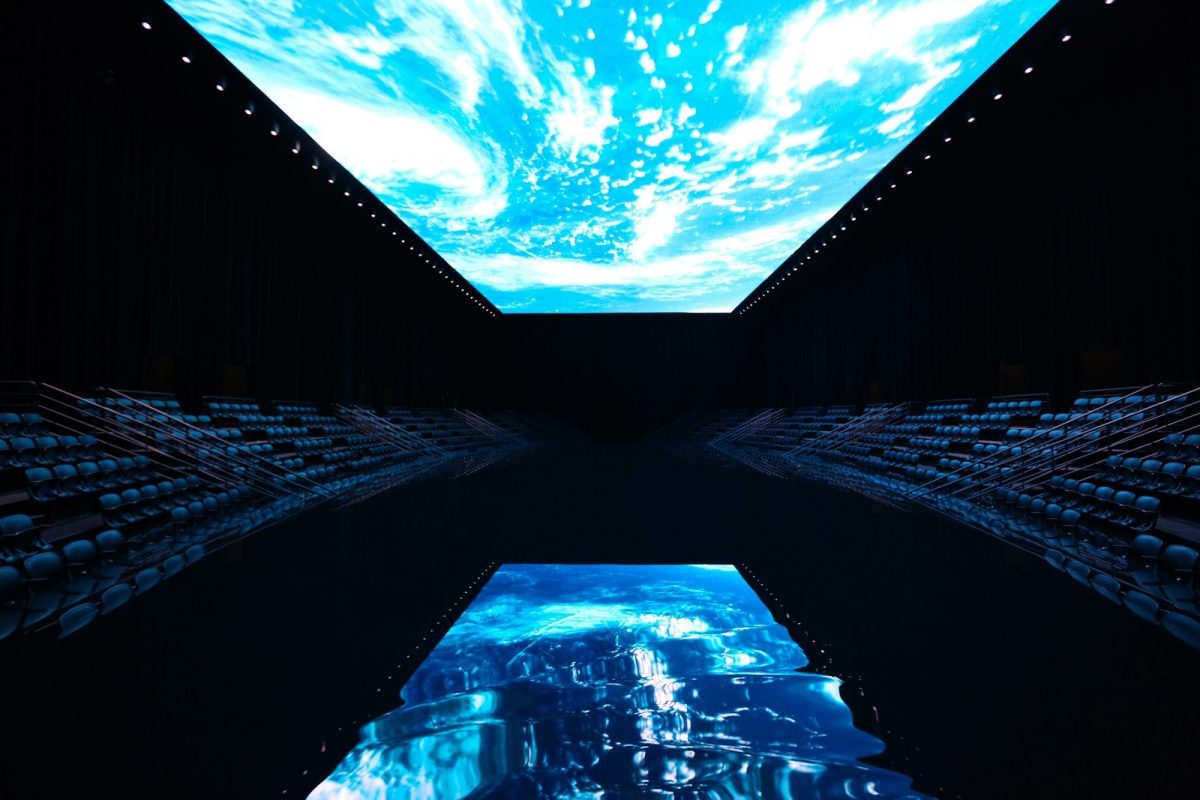Alexandre de Betak of Bureau Betak, Jarrad Serafine-Clark of KCD, and Keith Baptista of Prodject weigh in on how digital can and will reshape the future of fashion shows
While in the midst of Paris Fashion Week, a show from brothers Julius and Victor Juul, cofounders of Copenhagen-based label Heliot Emil, went virtual and perhaps unknowingly paving the way for the future. Guests were sent an invite to a live, virtual runway show they could watch from the comfort of their home (or more likely, hotel room). From behind their screens, every invitee got to sit front row, controlling the camera themselves within a 360° digital space. In hindsight, the design duo were ahead of the curve, offering one variation on the potential future of shows to come.
As designer after designer reflects on the future, everything is called into question from go-to-market strategies to supply chains to deliveries. But a big question remains: What of runway?
Chief Impressionist Kenneth Richard spoke with three of fashion’s leading experts on show production to give their verdict on how, post-COVID-19, digital could shape the catwalk.
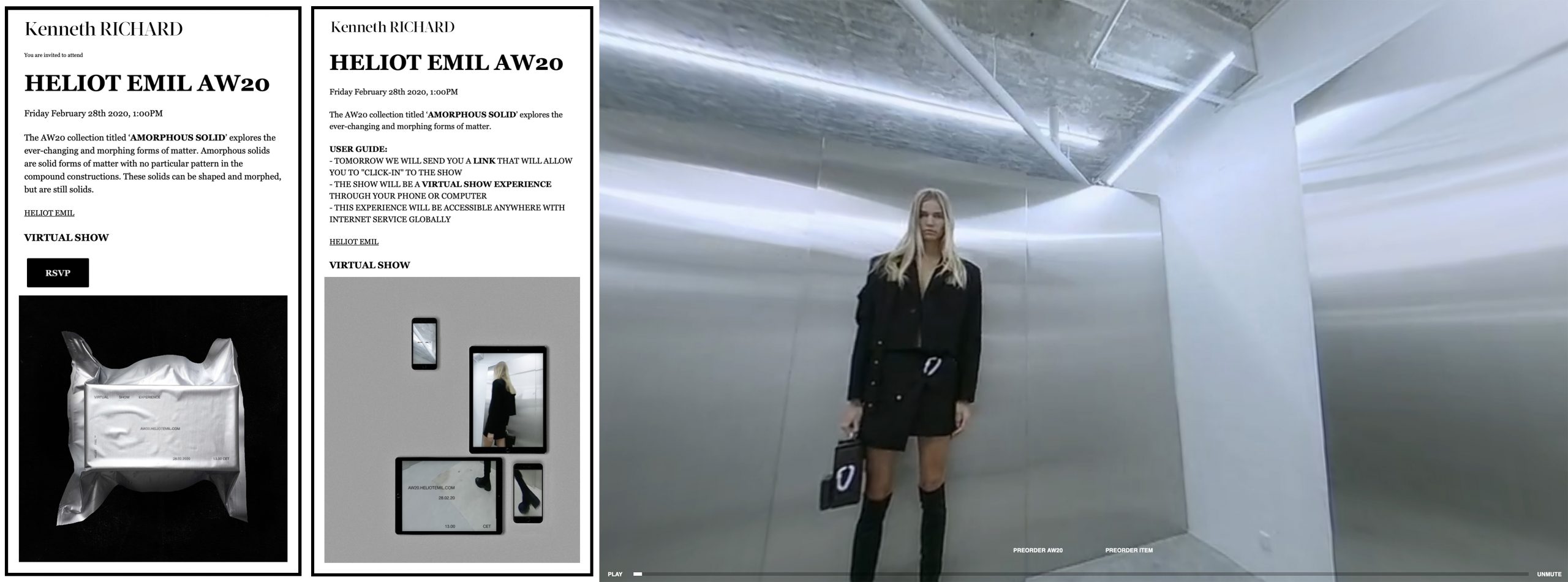
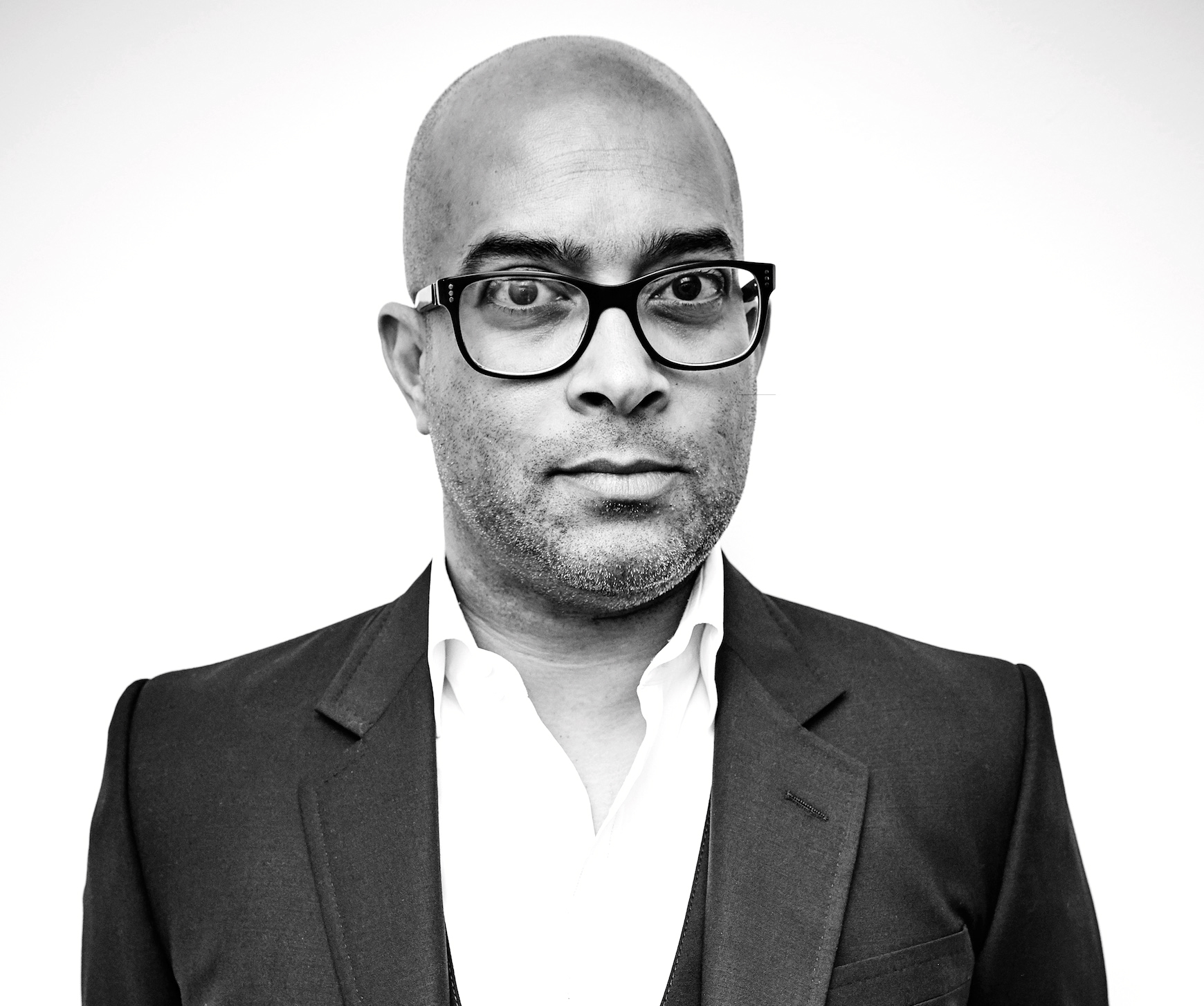
Keith Baptista
Partner Prodject
‘I don’t think that there is ever a replacement for a great live event or fashion show. There is something emotional and tangible to that specific experience and while people have been trying to find digital substitutions for a runway experience for along time, I believe that live experience is key.
[That said,] the community is creative and I don’t think anyone has the expectation that they need to tune in and see a traditional fashion show . . . For the last few years, we’ve felt that traditional fashion shows, while valuable, aren’t the only solution. We’ve been looking for creative solutions that extend their relationships with consumers and with the media that extend more interesting experiences that tie back to the brand. One solution we leaned in on is actual content.
Fashion shows have evolved as much into a brand exercise as much as they are about showing products. And while yes we are looking for that ‘it’ bag, and yes we are for a designer’s perspective, but also we are looking to define the brand image and that resonates. The story can’t just be product-focused, the messaging has to be more broad and interesting.
The advice I have for designers is: no single piece of content is going to make or break you. What you do now has to be multi-faceted. You need to create layers of content that are purposed for social media, that are purposed for short-form consumption, that are purposed for longer-form consumption. I don’t think that a single digital presentation of a collection is going to be enough because we live in a world with short attention spans and once a person views your one-off, they are going to move on. So you need to break it up and create content that is seen in different ways in different mediums.
We’ve been looking at longer-form stories because when you look at how people consume media right now – be it a Netflix, Hulu or Amazon – you have to ask if you can tell bigger and longer-form stories that create more value and reach for brands. We were fortunate enough to work with Rhianna on her recent Savage x Fenty show that was distributed on Amazon Prime. That was an experience that became a longer brand story, distributed in over 200 countries. It was a piece of entertainment that spoke to the products as well as playing into that broader brand story that spoke to a person’s individual experience with the brand. At the end of the day, making sure you are producing content that entertains and engages and connects you with the consumer in a broader story is the goal. I think that is the future.’
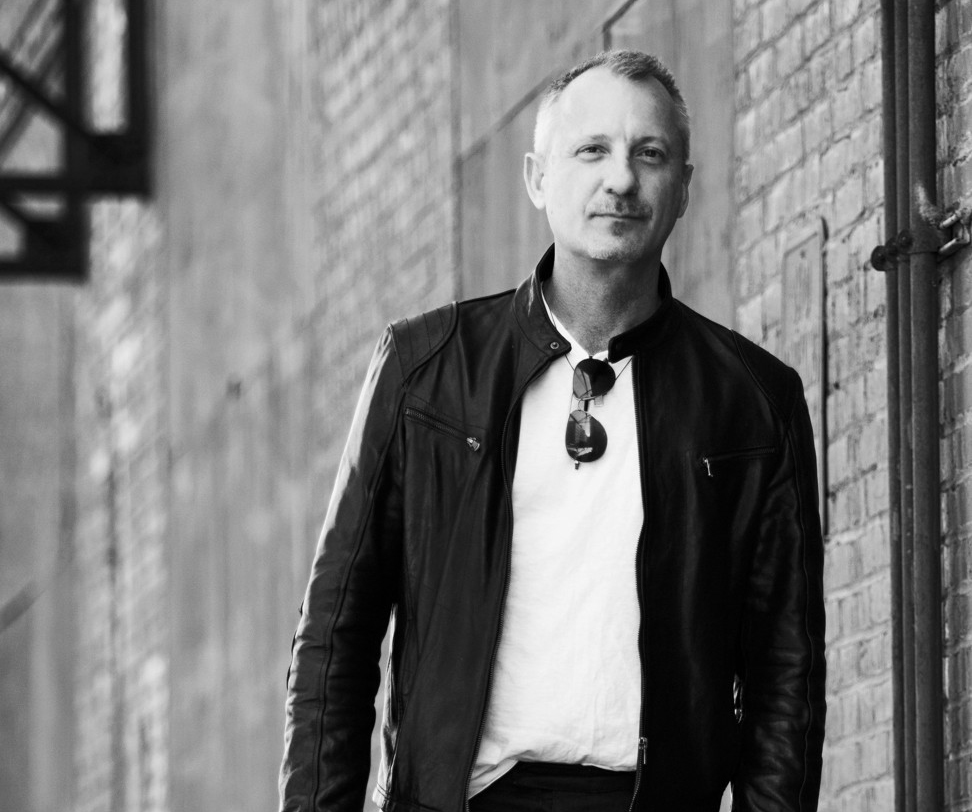
Jarrad Serafine-Clark
Partner, Creative Services KCD
We are lucky as we have a lot of proactive clients a tad ahead of the climate and asking “what is next?” So we are using this time to have creative brainstorming and doing our best to take advantage of how time has been given to us since we normally operate too fast. This has been a great opportunity to take stock and speak on a deeper level with our clients.
We’ve been speaking to a number of platforms, many of which don’t operate in the fashion space, who have technology that can be appropriated for us. One key for us is that content is always going to be king – and it is that emotional moment that we are always working to keep. We are asking how do we project that designer’s point of view to the audience, be it large or small? (And it can be smaller, as many may scale back as we come out of this.) We are asking, “how are we going to connect?” Is it more cameras, or more touchpoints to tell stories?
We are also asking how are we going to connect with the industry and simultaneously with the consumer, in a manner that is going to be right for the supply chain. Tommy is a great example of that. We’ve worked with Tommy on his first five seasons with the Tommy live model. The supply chain obviously isn’t going to change overnight – but how can we connect with an audience that was once behind the velvet rope? It took six months to see it, when it was published in magazines, and now it so immediate.
The consumers can now see it sometimes faster than the people in the room, as they are watching via someone’s Insta feed backstage. That is what is so exciting about our industry, as we’ve been able to adapt to new technologies and engage them. The humble fashion show that was once seen by 50 people at one time has shifted to these major media moments where millions of people see a show via a live-stream – and that is something that will only be amplified when we come back.
We can’t lose sight of the fact that culturally the fashion community always adapts to what is going on in society very quickly. We are all looking at the same questions and thinking of all the various answers that will be successful. And there won’t be one right answer, there will be many right answers.’
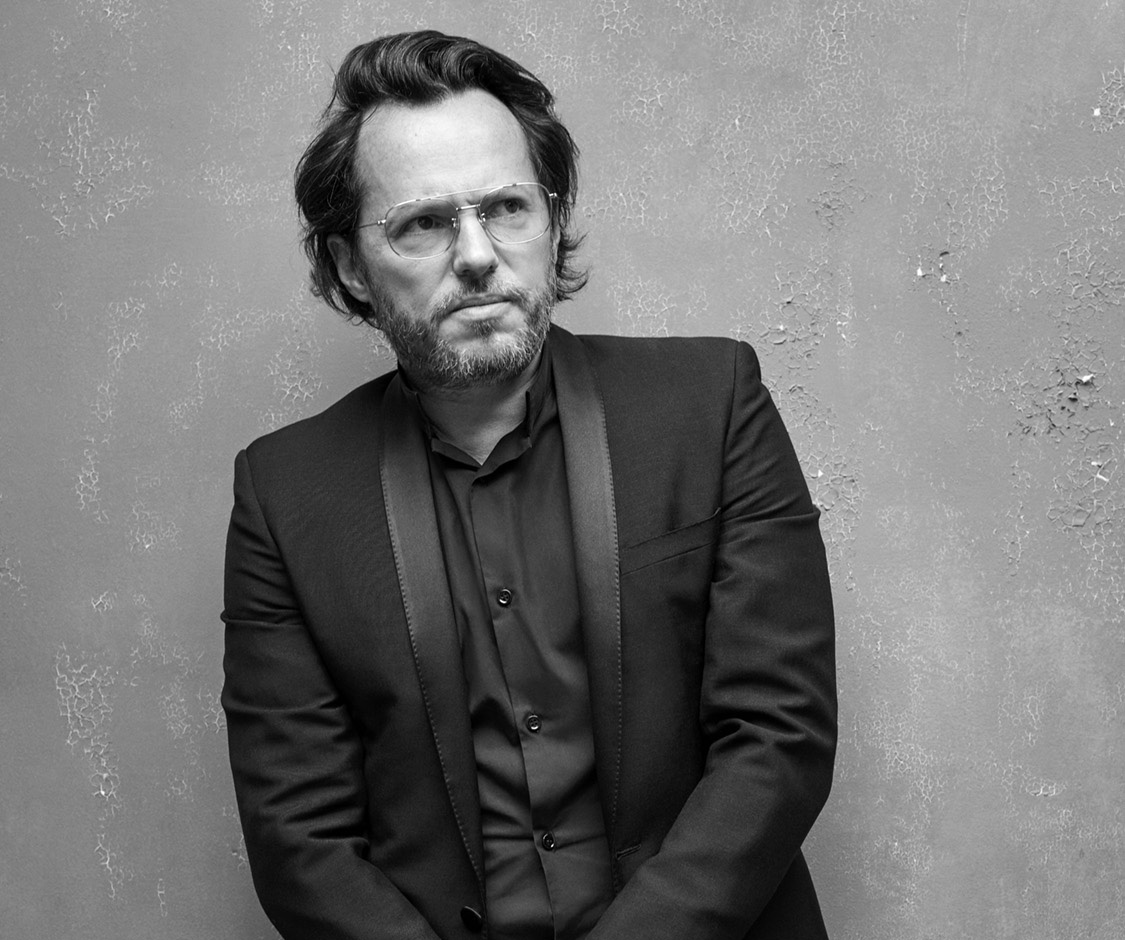
Alexandre de Betak
Founder, Creative Director, Bureau Betak
‘As we’ve been working on sustainability ideas designed around having fewer people travel, now is the time more than ever to help put some of those ideas into place. We are working on efficient yet new digital solutions, for events that won’t happen live. Digital is a way to reduce the amount of traveling and the carbon footprint.
I still strongly believe in live events, but there is a need for alternatives. There is a need for surprises. And right now there is a need for events with an audience, so I think the next few seasons we will see new ways of doing more, virtually and digitally, than we ever have before. And after that, we will likely return to more live events – but married with digital in ways we haven’t done before.
I think, in the world of fashion shows, extremes have worked. One extreme will be to do very sophisticated digital productions, using what digital technology does that real life doesn’t. So people can go even further in terms of creativity, with crazy set-ups and environments. It is still costly, but a different cost than building a big production live.
The other extreme is still digital, but done in a low-tech and spontaneous manner. This uses existing technology like Houseparty, Zoom, and Instagram in the same way we see people doing these DJ sets or cooking live-streams and reach hundreds of thousands of viewers. If a fashion designer is very true to themselves and honest and sincere, they can also use technology in a simple manner and set up a live presentation online – and have fun with the low-tech element. There is an addictiveness of something live, spontaneous, and human on our small screens.
We are working on these two ends of the spectrum: highly produced environments and more unproduced, spontaneous environments… and both will have a place. It is a shift to the virtual way of thinking, in that a digital event can still be a live event. You would be invited to it, there would be a beginning and an end: it will happen once. This would require dedicated access and may offer exclusive camera points of views to select people. We are working on trying to integrate some of the live audience, so they are live together with you, observing the event.’

